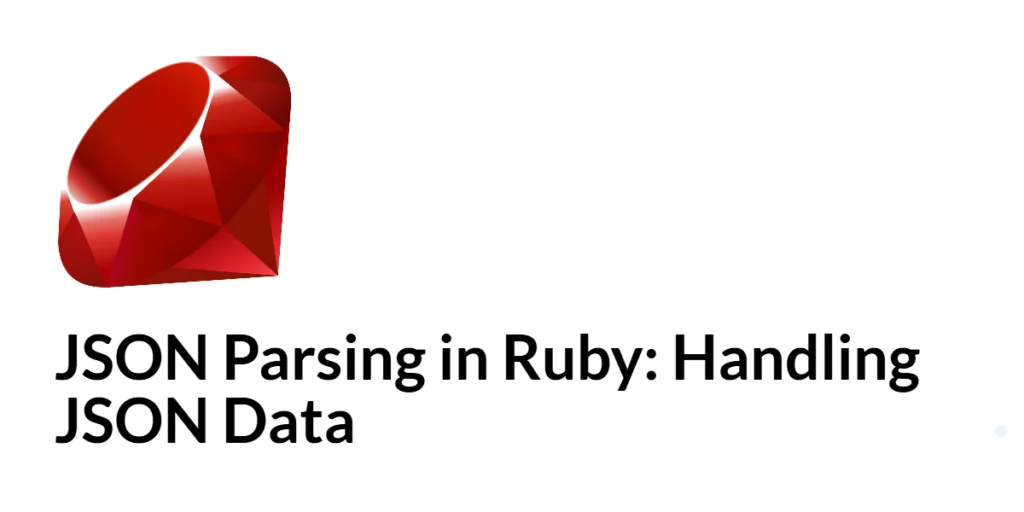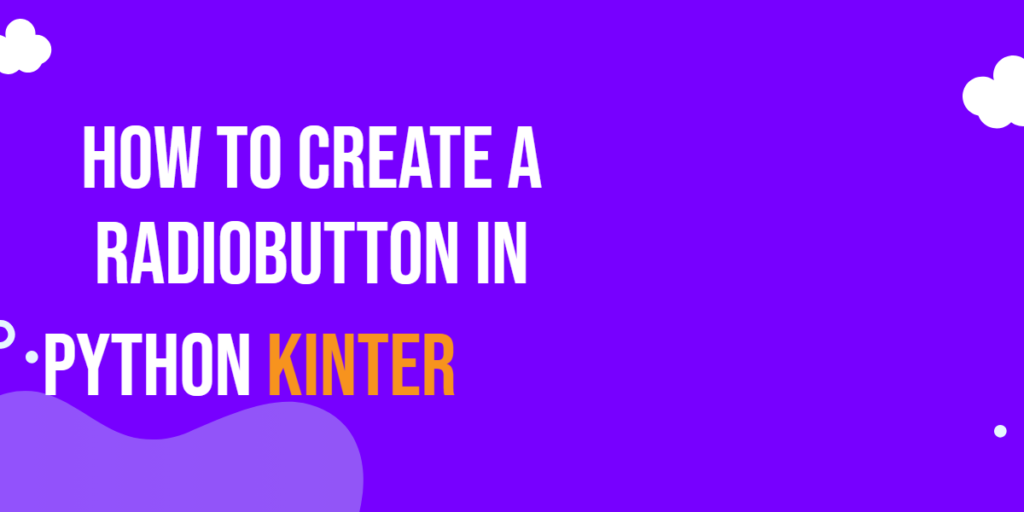When programming in the C language, developers often encounter situations where they need to include special characters within their strings or characters. These special characters can range from simple line breaks to more complex hexadecimal values. To tackle this issue, C offers a set of escape sequences, which are combinations of backslashes and other characters. In this article, we will explore the most common C escape characters and their practical applications.
What Are C Escape Characters?
Escape characters in C are a group of special characters that help you insert non-printable and special characters into strings and character constants. In C, you typically use escape sequences consisting of a backslash (\) followed by a character to represent these special characters. The backslash acts as an escape signal, instructing the compiler to interpret the following character in a specific way.
Backslash
The backslash (\\) escape sequence is as fundamental as it gets. It represents a literal backslash. You use it when you need to include an actual backslash in a string. Here’s an example:
#include <stdio.h>
int main() {
printf("This is a backslash: \\ \n");
return 0;
}In this code snippet, we use \\ to print an actual backslash. Without the escape character, the compiler would interpret \ as an escape sequence and not as a literal backslash.
Newline
The \n escape sequence is a workhorse for formatting text in C. It forces a line break, moving the cursor to the beginning of the next line. It’s essential for creating structured and readable output. Here’s how it works:
#include <stdio.h>
int main() {
printf("Hello, world!\n");
printf("This text is on a new line.\n");
return 0;
}In this example, the \n character creates a line break after each printf statement.
Tab
The \t escape sequence is used to insert a tab character, which adds horizontal spacing to your output. This can help align columns and make your text more visually appealing. Let’s see it in action:
#include <stdio.h>
int main() {
printf("Name:\tEdward\n");
printf("Age:\t28\n");
return 0;
}In this code, \t is used to align the information under the “Name” and “Age” columns.
Backspace
The \b escape sequence, although not for erasing characters, is quite interesting. It moves the cursor one position back. While it doesn’t delete the character, it can be used to create unique effects, such as animation or overwriting characters. Check out this simple example:
#include <unistd.h>
int main() {
int i;
printf("Countdown: ");
for(int i = 3; i >= 1; --i) {
printf("%d\b", i);
fflush(stdout);
usleep(500000); // Sleep for 500 milliseconds
}
return 0;
}Here, the \b character moves the cursor back, allowing the numbers to “count down.”
Carriage Return
The \r escape sequence is another intriguing character. It moves the cursor to the beginning of the line, overwriting any text already present. This can be useful for creating dynamic output. Observe:
#include <stdio.h>
#include <unistd.h>
int main() {
for (int i = 0; i < 10; i++) {
printf("Loading: [%d%%]\r", i * 10);
fflush(stdout);
usleep(500000); // Sleep for 500 milliseconds
}
printf("Loading complete!\n");
return 0;
}Here, \r allows us to create a loading animation that updates in place.
Single Quote
The \’ escape sequence is used to insert a single quotation mark within a character constant. Character constants are enclosed in single quotes. Here’s an example:
#include <stdio.h>
int main() {
char myChar = '\'';
printf("My character is: %c\n", myChar);
return 0;
}This code assigns a single quotation mark to the variable myChar.
Double Quote
The \” escape sequence is similar to \’, but it’s used to insert double quotation marks within a string, which is enclosed in double quotes:
#include <stdio.h>
int main() {
printf("He said, \"Hello!\"\n");
return 0;
}In this example, the \” escape sequence allows us to include double quotes within a string without prematurely ending the string.
Null Character
The \0 escape sequence represents the null terminator, marking the end of a string. It’s essential for working with C strings, as it indicates where the string ends. Here’s a simple demonstration:
#include <stdio.h>
int main() {
char myString[] = "Hello, world!\0";
printf("String: %s\n", myString);
return 0;
}The \0 character terminates the string, ensuring it is correctly displayed.
Alert (Bell)
The \a escape sequence produces an audible alert or bell sound. However, it is not commonly used in modern programming due to its disruptive nature. Its practical applications are limited, but it’s a fun feature to explore. Here’s how to use it:
#include <stdio.h>
int main() {
printf("This is a simple alert: \a\n");
return 0;
}When executed, this code will produce an audible alert.
Question Mark
The \? escape sequence is rarely used, but it can be helpful when you need to insert a question mark character. It’s more of a historical artifact, as C does not treat question marks as special characters. Here’s an example:
#include <stdio.h>
int main() {
printf("What's your favorite programming language\?\n");
return 0;
}The \? sequence ensures that the question mark is treated as a literal character.
Hexadecimal Escape
The \xhh escape sequence allows you to specify a character using its hexadecimal ASCII code. You replace hh with the two-digit hexadecimal code. Let’s see it in action:
#include <stdio.h>
int main() {
char myChar = '\x41'; // ASCII code for 'A'
printf("Character: %c\n", myChar);
return 0;
}In this example, the \x41 sequence is used to represent the character ‘A’.
Percent
The %% escape sequence is simple but important. It’s used to insert a percent character within your text. It’s especially valuable when you need to print a percentage:
#include <stdio.h>
int main() {
float percentage = 75.5;
printf("The discount rate is %.2f%%.", percentage);
return 0;
}In this example, the %% sequence is used to represent the character ‘%’.
Conclusion
Understanding C escape characters is crucial for effectively handling special characters within your C programs. These escape sequences provide a means to include characters that might otherwise be problematic, such as quotation marks or line breaks. While some escape sequences are more commonly used than others, having a good grasp of these characters can significantly enhance your ability to manipulate and format strings in C. So, the next time you encounter a backslash in your code, you’ll know how to make it work in your favor.
I hope you found this article informative and useful. If you would like to receive more content, please consider subscribing to our newsletter.




